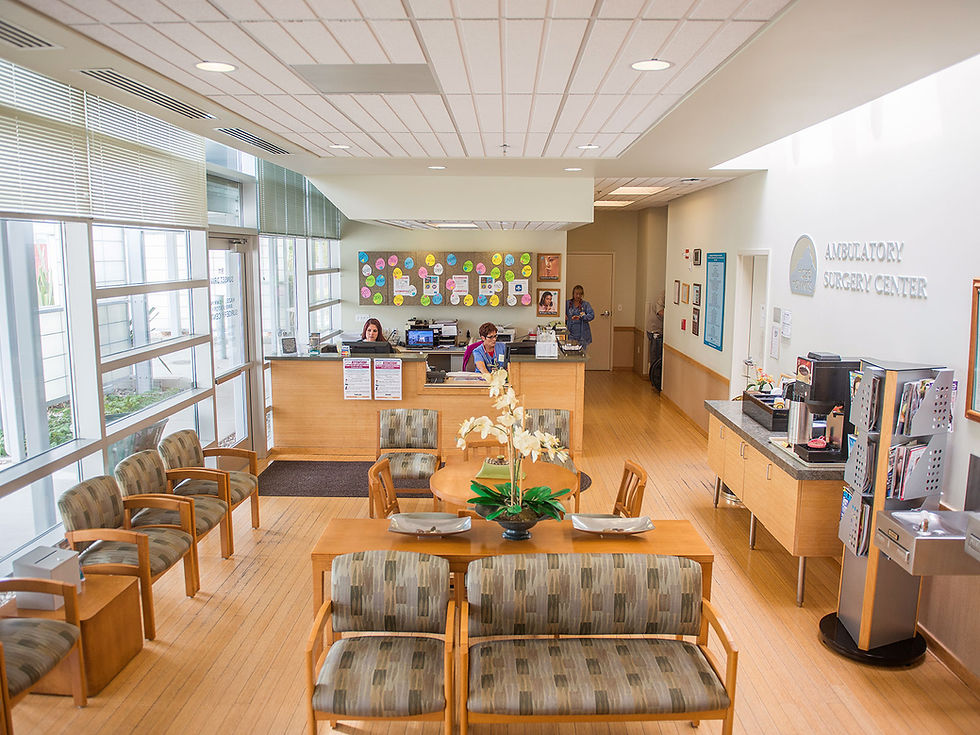Demystifying Knee Replacement: A Closer Look At What to Expect
- Dr. Troy Miles

- Jan 17, 2024
- 2 min read

Considering knee replacement surgery can be a daunting decision for many adults. One common misconception revolves around the perceived extent of cutting involved in the procedure. While the term "knee replacement" might suggest a complete overhaul, it's important to understand that the process is more akin to resurfacing than total replacement.
Understanding the Misconception
When patients hear "knee replacement," they often envision a surgeon removing the entire knee joint and replacing it with a mechanical device. However, the reality is less invasive. Knee replacement surgery primarily involves resurfacing the damaged parts of the joint while preserving the healthy bone and tissue surrounding it.
The Resurfacing Process:
Initial Incision: Surgery begins with a carefully planned incision. Contrary to popular belief, the incision is designed to provide optimal access to the affected area, while minimizing disruption to surrounding structures. The goal is to create a pathway for us to reach the damaged parts of the knee.
Accessing the Joint: Once the incision is made, we'll carefully navigate through tissues to reach the knee joint. Specialized tools and techniques are employed to minimize trauma to muscles and ligaments, preserving as much healthy tissue as possible.
Assessment and Resurfacing: With the joint accessible, a thorough assessment is conducted to identify the extent of damage. The damaged cartilage and bone surfaces are then precisely resurfaced, addressing the underlying cause of pain and limited mobility. This resurfacing process is crucial for restoring the natural movement and function of the knee.
Implant Placement: The resurfaced areas are prepared to receive implants. These implants are meticulously positioned to mimic the natural structure of the knee joint. They serve to enhance joint stability and function.
Closing the Incision: Once the resurfacing and implant placement are completed, your surgeon will close the incision with precision. Modern surgical techniques often allow for smaller incisions, promoting faster healing and minimizing scarring.
Benefits of Knee Resurfacing:
Preservation of Healthy Tissue: Knee resurfacing prioritizes the preservation of healthy bone and tissue. This approach contributes to quicker recovery times and a more natural feel after the surgery.
Improved Mobility and Function: By addressing the damaged surfaces of the knee joint, resurfacing enhances overall joint function. Patients often experience improved mobility, reduced pain, and the ability to engage in activities that were previously challenging.
Longevity of Results: Knee resurfacing has shown excellent long-term results. Many patients enjoy the benefits of the surgery for years, with a significant reduction in pain and an improved quality of life.
Choosing to undergo knee replacement surgery is a significant decision that comes with understandable concerns. By demystifying the procedure and emphasizing the resurfacing aspect, it becomes clearer that knee replacement is not as invasive as it may seem.
As an orthopedic surgeon, my goal is to provide patients with the knowledge and confidence needed to make informed decisions about their health. If you are considering knee replacement, it is crucial to consult with a qualified medical professional who can assess your specific situation and discuss the most appropriate treatment options. Understanding the intricacies of knee replacement can empower individuals to approach the surgery with a more informed and positive mindset, ultimately paving the way for a smoother recovery and an improved quality of life.
To learn more and schedule a consultation at my office, call (530) 395-0340.



Comments